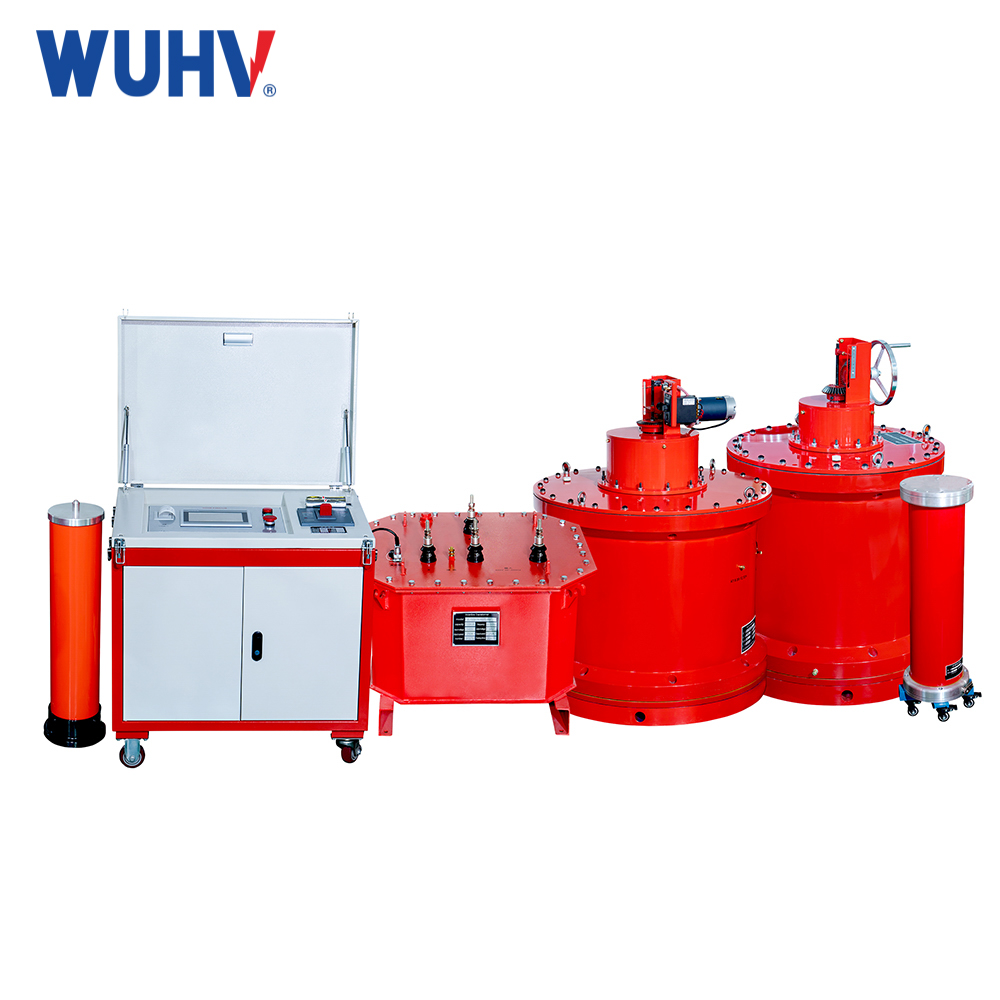The grounding resistance tester초고압 전력을 사용하면 많은 전력 작업자가 다양한 전력 테스트를 더욱 편리하게 수행할 수 있습니다.
The grounding resistance tester, combined with the new lightning protection grounding resistance detection standard, is carefully designed and manufactured for on-site measurement of grounding resistance, soil resistivity, grounding voltage, and AC voltage. The test current reaches 20mA, and digital and microprocessing techniques are used to measure the grounding resistance using the 4-wire method, 3-wire method, and simple 2-wire method. Introducing FFT (Fast Fourier Transform) technology and AFC (Automatic Frequency Control) technology to automatically identify interference and select measurement frequency, minimizing the impact of interference and providing more accurate grounding resistance values.
It has unique anti-interference ability and environmental adaptability, with good consistency in repeated testing, ensuring high precision, stability, and reliability for long-term measurement. Widely used for measuring grounding resistance, soil resistivity, grounding voltage, and AC voltage of electrical equipment in power, telecommunications, meteorology, oil fields, construction, lightning protection, and industrial applications.
1. The grounding resistance tester should be placed at a distance of 1-3 meters from the testing point, and should be stable and easy to operate.
2. Each terminal must have good contact and a secure connection.
3. The two grounding electrode pins should be set at 20m and 40m on both sides of the tested ground body; If two pins are connected in a straight line, the grounding body to be tested should be basically on that line.
4. Do not use other wires instead of the 5m, 20m, and 40m copper wires that come with the instrument.
5. If the grounding resistance tester is centered, the minimum angle between the two pins and the tester must not be less than 120 ° and cannot be set in the same direction.
6. The soil where the two pins are placed must be firm and cannot be placed on mud, backfill soil, tree roots, grass, etc.
7. The grounding resistance can only be tested after 7 consecutive sunny days after rain.
8. The tested grounding body should undergo rust removal treatment first to ensure reliable electrical connection.




















